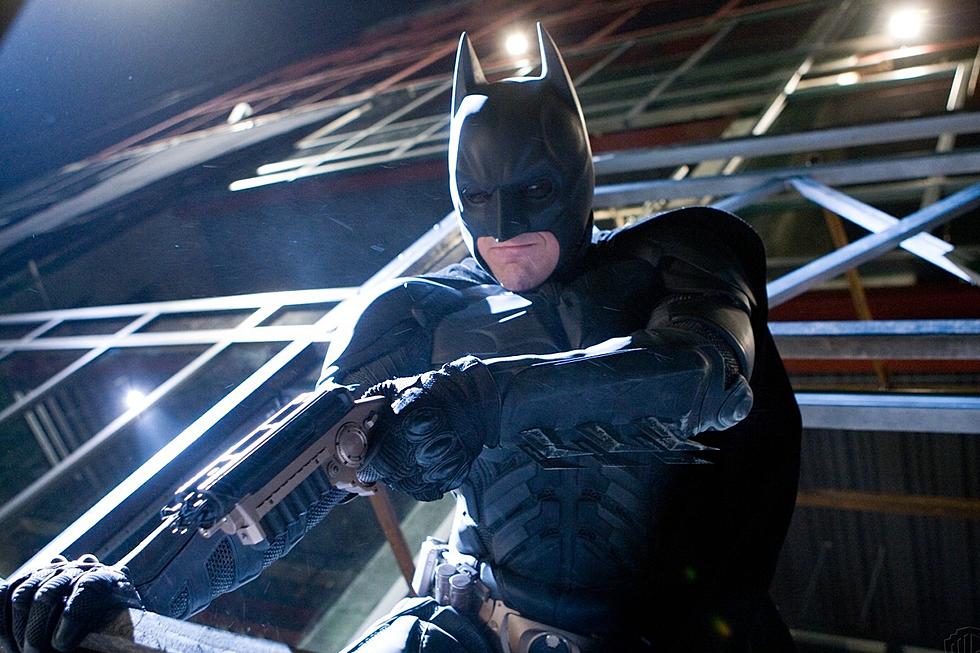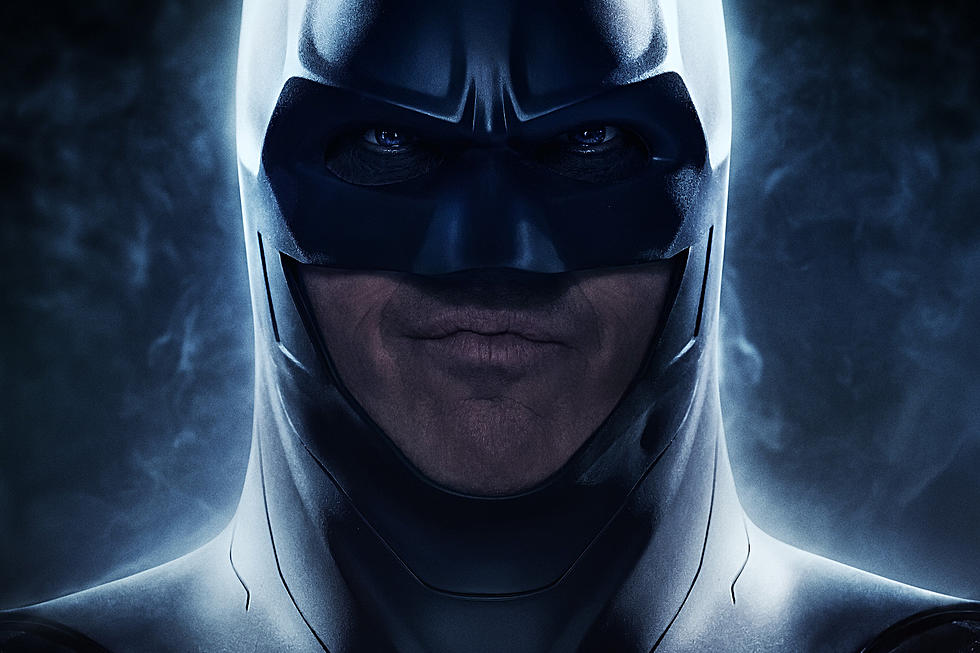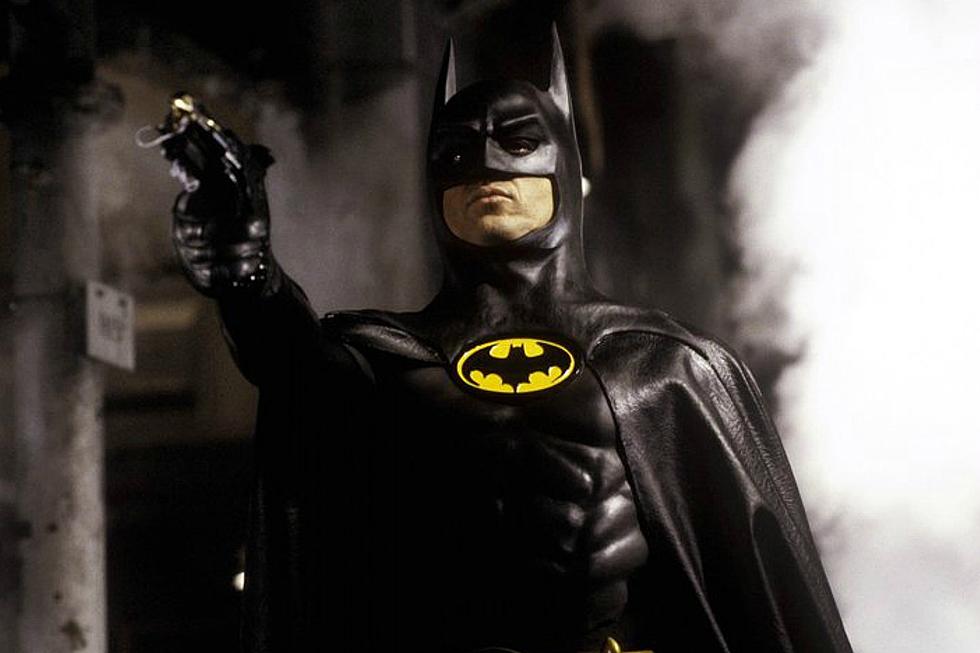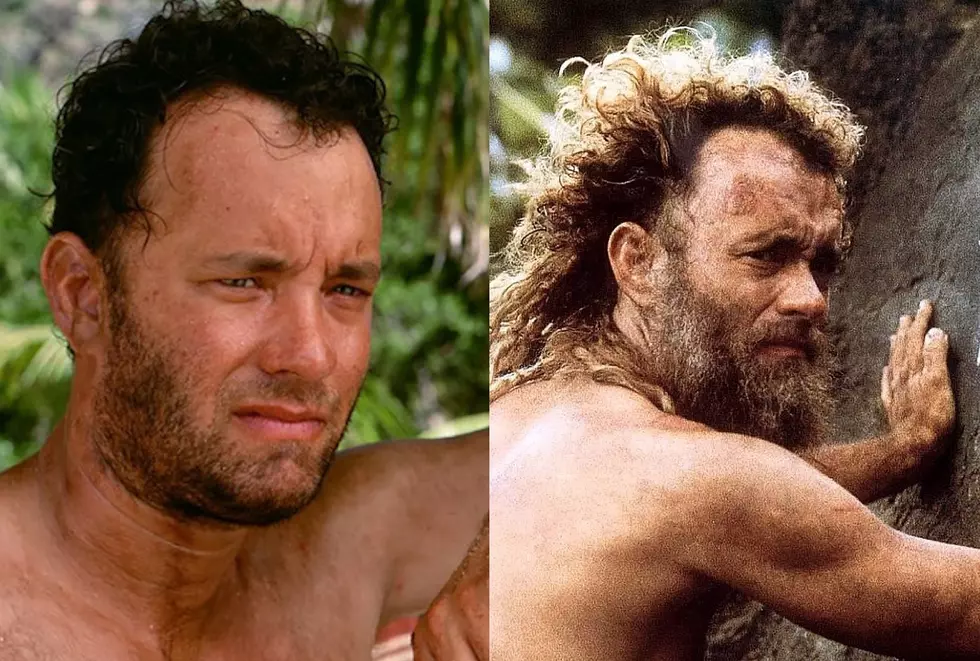
‘The Dark Knight’: How The Best Batman Movie Ever Ruined Batman Movies
The following post contains spoilers for The Dark Knight. It came out 10 years ago, hopefully you’ve seen it by now.
There are many ways to do good in this world. You can donate money to charity, or serve your country. You can volunteer with the homeless, or give blood at a hospital. Or you can dress like a bat and punch criminals in the face.
Admittedly, that is an unconventional approach to civil service. But for 75 years, that is how Bruce Wayne has entertained generations of readers, viewers, and gamers; by trying to bring peace to Gotham City in a cape and cowl. In Batman Begins, Wayne (played by Christian Bale) explains the rationale behind this idiosyncratic outlet for his altruism:
People need dramatic examples to shake them out of apathy and I can't do that as Bruce Wayne. As a man, I’m flesh and blood, I can be ignored, I can be destroyed; but as a symbol ... as a symbol I can be incorruptible, I can be everlasting.
Batman Begins and the two films that follow, The Dark Knight and The Dark Knight Rises, explore the impact of Wayne’s decision. He becomes Batman to inspire Gotham City, and he does — just not how he intended. Batman brings hope to Gotham, and just as much chaos. Copycats in cheap Bat-masks and hockey pads wander the streets with shotguns. In desperation, the Gotham mob turns to a madman in bad clown makeup to help them.
The centerpiece of Christopher Nolan’s Batman trilogy, The Dark Knight, turns 10 years old this week. As a piece of entertainment, it holds up beautifully. It is just as thrilling as you remember, and even more intelligent. The late Heath Ledger’s performance as the Joker deserved an Oscar, and he’s just one member of an outstanding ensemble, including Bale, Gary Oldman, Maggie Gyllenhaal, and Aaron Eckhart as doomed district attorney Harvey Dent. Every other Batman movie is to The Dark Knight as Robin is to Batman: Smaller, weaker, of similar stock but obviously inferior.
But just as Batman’s arrival in Batman Begins roused a response from the darker elements of Gotham, The Dark Knight prompted a similarly unexpected escalation, both among the angriest and most vocal of online movie fans, and from Warner Bros. executives who had to figure out how follow Nolan’s trilogy. The Dark Knight is a truly great film whose influence on Batman and the DC movie universe in general has been almost entirely negative. Unlike Batman himself, as a symbol The Dark Knight was entirely corruptible.
Some movies’ success is mystifying. The Dark Knight’s is not. Take an already beloved character, pit him against his most famous villain, reinvent both from the ground up, and plop them into a pressure cooker of a story with some truly impressive visuals (select sequences were filmed with IMAX 70mm cameras) and you will have a hit 10 times out of 10.
When I saw The Dark Knight in IMAX in 2008, hundreds of people audibly gasped at the film’s opening helicopter shot; for the next 150 minutes, Nolan refused to let them catch their breath. But even on a small screen, The Dark Knight still packs a punch. Ledger’s Joker, full of horrifying schemes and seemingly unstoppable, is enough to give you an anxiety attack, and Hans Zimmer and James Newton Howard’s eerie, droning score perpetually ratchets up the tension as he plays out his sadistic games.
Back in 2008, much was made of the movie’s sometimes incoherent action choreography (a few years later, it figured greatly into a widely discussed video essay about the rise of “chaos cinema”). But given that the Joker literally calls himself “an agent of chaos,” that feels more like a feature than a bug. It’s as if the Joker’s dementia has so completely infected Gotham that it spread to the editing room as well.
Plus, when Nolan does slow down, The Dark Knight has an overwhelming number of memorable images. The opening shot gliding high over the streets of Gotham. The Joker standing on a corner, clown mask in hand; his tractor trailer flipping ass over teakettle after Batman slips a wire through its axles. Batman, standing atop a smoldering pile of rubble after failing to rescue someone he loves from one of the Joker’s bombs.
Fire imagery, as in the still above and the film’s title card, is pervasive. In trying to warn Bruce Wayne about the danger the Joker represents, his loyal butler Alfred (Michael Caine) recounts a tale of his battle with a bandit in Burma that taught him a valuable lesson. “Some men,” Alfred explains, “just want to watch the world burn.”
Later, Bruce asks Alfred how he dealt with the bandit. “We burned down the forest,” he replies. As if he’d heard Alfred’s fable (or maybe was the villain of it), the Joker goes about setting fire to trucks and hospitals, and, in another scene, stands before a gigantic mountain of dirty money engulfed in flames. “Everything burns!” he howls into a cell phone.
All of those scenes draw upon post-9/11 anxieties, and the movie as a whole (and really the entire Nolan trilogy) reckons with the big questions of the mid and late 2000s: What freedoms are worth sacrificing in the name of security? What lines should we cross for the greater good? When is it permissible to break the law in order to uphold it? Does hope have the power to conquer fear? What is the appropriate response to terror?
These are heady topics for any movie to tackle, much less a massively budgeted summer spectacle about a dude in a black rubber suit and velvet cape. Not all of Nolan’s big ideas come together but he’s very effective when blurring the line between crook and criminal to reflect the moral uncertainty of his time. In the big finale, the Joker disguises his goons as hostages and dresses the real hostages as goons, leading to the sight of Batman punching out “innocent” people and rescuing “the bad guys.” He doesn’t have time to tell the police, so they think Batman has gone rogue. So Batman has to attack the cops to stop the Joker as well.
At the end of the film, Batman willingly accepts the role of scapegoat and heads into exile. The Joker drives Gotham’s “white knight” D.A., Harvey Dent mad; after Dent snaps, he wanders the city murdering dirty cops and gangsters at the whims of a coin-flip. Before he went insane, Dent was on the verge of finally cleaning up Gotham’s corruption; if the public discovers his crimes, Batman and Commissioner Gordon (Gary Oldman) wager, they will reject all of the good he did. And so Batman proposes that they cover up Dent’s crimes, and blame them on him instead. He will become “the hero Gotham deserves, but not the one it needs” — or is it the reverse? (To this day, I’m still not sure of the difference.)
In convincing Gordon to acquiesce to his plan, Batman repeats a line that Dent had spoken to Bruce Wayne earlier in the film: “You either die a hero or you live long enough to see yourself become the villain.” It’s such a good line I always assumed it was quoted from somewhere else; apparently it was invented by Nolan and his writers, David S. Goyer and Jonathan Nolan. It perfectly describes Bruce Wayne and Harvey Dent’s respective journeys. A decade after The Dark Knight’s release, it also perfectly describes the film itself.
When The Dark Knight opened in theaters on July 18, 2008 it made Nolan a hero. He brought Batman to previously unseen heights, at least on the big screen, and elevated the disreputable comic-book movie to high art. By any conventional measure, he succeeded; The Dark Knight won an Oscar, grossed $1 billion worldwide, and became the new measuring stick for every superhero movie to follow.
For hardcore Batman fans it was a long time coming. They’d suffered for decades while their beloved hero served as a Bat-Punching Bag. The sight of Adam West and Burt Ward POWing! their way through goons had become the stereotype not just of Batman, but of all comic books to non-comics readers. No one in Hollywood took Batman seriously enough for Batman fans’ tastes until Christopher Nolan came along.
Fans rewarded Nolan with intense loyalty and his exceptional work seemed to bring out the worst in a small group of die-hard dorks. When The Dark Knight Rises opened a few years later, they sent death threats to the first film critic who gave it a negative review. As Glen Weldon, author of the Batman history book The Caped Crusade, explained to me in a recent interview, these fans had craved “mainstream acceptance” for years. They desperately wanted this thing they had obsessed over, “huddled in darkened closets and corners of the internet, to be the lingua franca of the culture.” And then it happened. “All of a sudden, this thing they love is sports,” he added.
Warner Bros.’ reaction wasn’t nearly as extreme, but it was destructive in its own way. As Weldon puts it, The Dark Knight “poisoned the well of DC films” for years, because Warner Bros. learned “precisely the wrong lesson from it — which is that this is how superhero stories work. This is the only way” audiences will accept them; “by making them as dour and grim and gritty” as The Dark Knight.
And so Warner Bros. and DC handed the Superman franchise to Nolan, who produced Man of Steel, and, in essence, turned Superman into Batman; a morose character who broods over the loss of a parent and sees his costumed identity as a burden he reluctantly carries. Then Man of Steel’s director Zack Snyder added his own Batman to the mix in Batman v Superman: Dawn of Justice. Now Batman is a sadistic avenger who literally brands bad guys and sets about trying to murder Superman until he discovers their mothers happen to share the same first name. This guy wasn’t a Dark Knight. He was the Black F—ing Hole Knight.
Nolan deliberately blurred the line between hero and villain; Snyder eradicated it. Where Nolan gave us superhero movies that interrogated the nature of good and evil, Snyder made superhero movies where the very notion of heroism seems laughable. The world is cruel and violent and dark, and the “good guy” in this scenario is the one who accidentally kills hundreds in a battle against another all-powerful alien in his hometown. No wonder the Justice League movie tanked. It had nothing to do with Snyder leaving the film midstream, or the dodgy special effects, or the generic villain. After Batman v Superman, the very notion of people coming selflessly together to do good made zero sense in that fictional universe.
The most fascinating thing about The Dark Knight on its 10th anniversary is how much of this it seemingly anticipated. Snyder’s attempts to out-dark and out-bleak Nolan’s Batman were exactly the sort of escalation Commissioner Gordon warned about at the end of Batman Begins.
And then there’s that key line about dying a hero or living long enough to become the villain. Drown out the noise around The Dark Knight, and it remains a masterpiece. If anything, it looks better now than it did in 2008; few of the movies in its wake have even attempted its unique mix of visceral intensity and intellectual inquisitiveness. But if you look at the discourse around the movie and the Batman films that followed, it can leave you with a bit of a bad taste in your mouth. To some extent, that makes The Dark Knight an even stronger movie — because everything it predicted came true. But it predicted a very dark world.
Gallery - The Complete History of Batman Onscreen:
More From 107.3 KFFM










